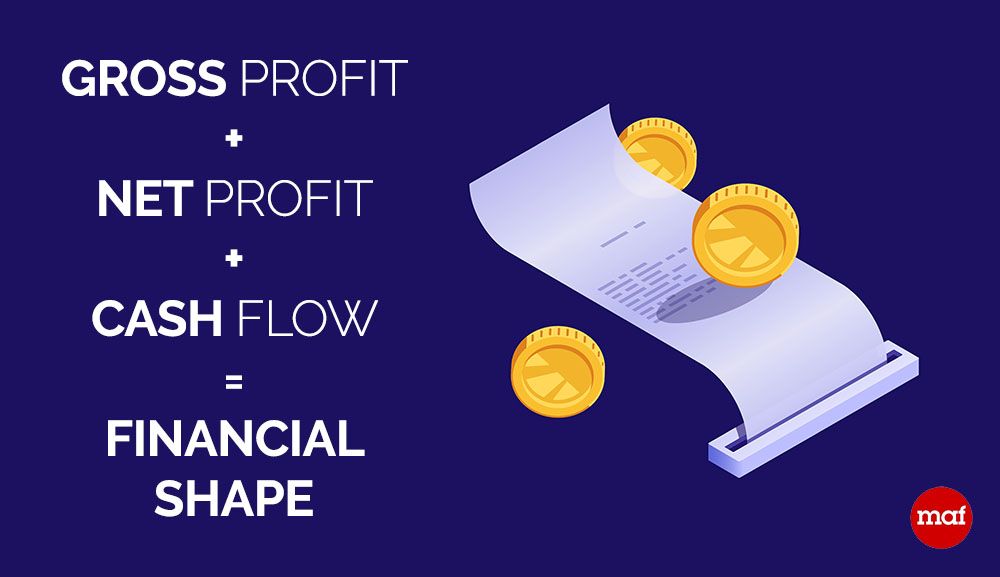There are two words guaranteed to bring any business owner out in cold sweats: Dragon’s Den. It’s the ultimate gamble – you could come away with the investment of a lifetime from people who’ve been there, done that and got the designer three-piece suit.
But on the other hand, you could leave in tatters, your business plan in shreds, safe in the knowledge that it’ll definitely be broadcast to the nation for all to see.
For viewers living vicariously through the popular TV show, the most difficult Den dramas to deal with come from the business owners who enter with a great idea, a convincing pitch and a hopeful gleam – only to commit Den suicide by fudging it on the financials.
It’s vital to get to grips with your accounts and avoid a similar fate.
![]()
Gross profit
One of the key things to get close and personal with is gross profit – the amount you’re left with when you subtract the cost of goods and services sold from your total revenue.
Whether you’re pitching for business or being measured up by the Dragons, you’ll want this figure at hand.
It’s essentially a fast way to tell whether or not your business is successful – that you’re selling your services for more than they cost you. It’s basically ‘Business 101’.
Net profit
Another biggie is net profit, or the ‘bottom line’, which is your total revenue minus expenses. This is the amount your company has made when all expenditure is taken away – the cost of product and services, but also travel, rent, insurance and other business expenses.
Sometimes you’ll see this calculated as a percentage of your sales, a ‘profit margin’, which shows how much of every pound earned is pure profit.
(Forgive us if this is like teaching your grandmother to suck eggs – you’d be surprised by how often we have to explain all of this. But hey! That’s what we’re here for.)
Cash flow
Cash flow refers to the amount of money going through the business, and it’s a quick way to prove that your business is healthy and growing and that you have access to cash. If the closing balance is higher than the opening balance, you’re looking at a good result.
The shape you’re in
These three figures are the most important and useful for taking the temperature of your business – the bigger the numbers, the better shape you’re in financially. But to get a clearer idea of your company’s health, it’s worth calculating your profit both before and after tax.

Pre-tax profit
This is the gross profit minus cost of goods, services and expenses, and for the after-tax figure, just factor in that extra cost. These give you (and anyone else that might be interested) the clearest possible picture of how your business is doing, all things considered. These can be expressed as margins too – again, bigger numbers are preferable.
VAT in brief
Finally, you’re going to need to get VAT nailed. This is where things can go into the weeds a little, but stick with us. Essentially, if you’re making more than £82,000 per year, you need to be VAT registered and pay 20% of your net sales.
You can claim back any VAT you pay on purchases too. For a more in-depth look at this thorny subject, and a crafty way you can make a bit of money out of it, check out our handy guide to VAT.
As your business grows, you might decide to outsource your accounting so you can focus on the bits of your business you enjoy the most.
Companies like My Accountant Friend are always on hand to keep an eye on those big picture figures for you (as well as the minutiae), so why not investigate? Check them out at: online accounting.


